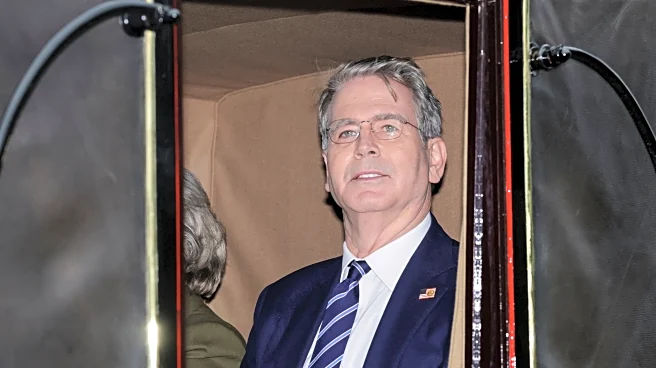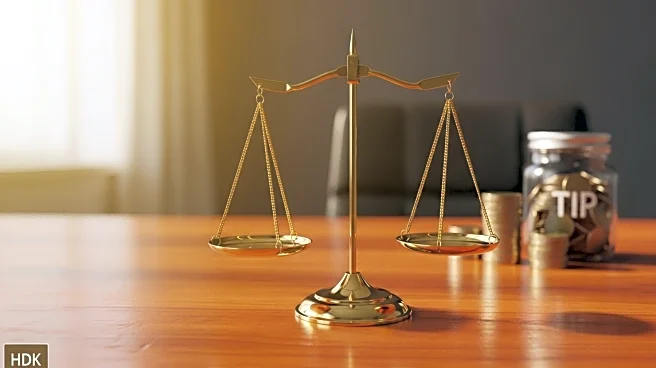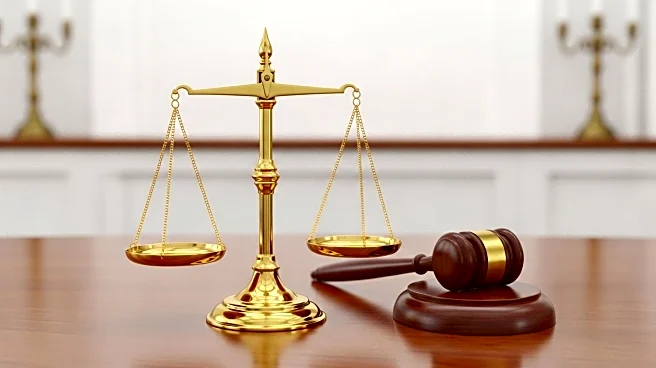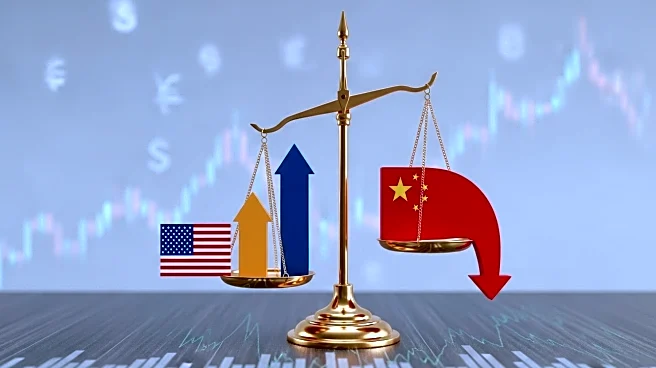What's Happening?
The Internal Revenue Service (IRS) and the Treasury Department have finalized regulations concerning Roth catch-up contributions as part of the SECURE 2.0 Act. These regulations require that catch-up contributions made by certain higher-income participants in retirement plans be designated as after-tax Roth contributions. The final regulations provide guidance for plan administrators on implementing these changes and address comments received on the proposed regulations. The regulations also include provisions for increased catch-up contribution limits for specific age groups and newly established SIMPLE plans.
Why It's Important?
The finalization of these regulations is crucial for retirement plan administrators and participants, particularly those aged 50 and older who make catch-up contributions. By requiring these contributions to be designated as Roth, the IRS aims to ensure that higher-income individuals pay taxes on these contributions upfront, potentially impacting their retirement planning strategies. The changes reflect ongoing efforts to enhance retirement savings options and ensure tax compliance. The regulations also highlight the importance of adapting retirement plans to meet evolving legislative requirements.
What's Next?
The new regulations will apply to contributions in taxable years starting after December 31, 2026, giving plan administrators time to adjust their systems and processes. Governmental plans and those under collective bargaining agreements may have a later applicability date. Retirement plan participants and administrators will need to familiarize themselves with the new requirements and consider their implications for retirement savings strategies. The IRS may continue to issue guidance to assist with the implementation of these regulations.











